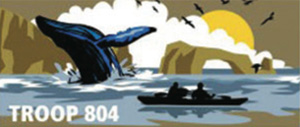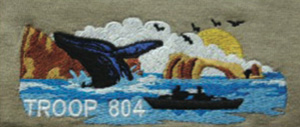Decoration Methods:
Screen, DTG, Film, Sublimation & Embroidery
Screen, DTG, Film, Sublimation & Embroidery
Different decoration methods
We carefully select the most suitable and cost-effective decoration method for your order, ensuring the best results for your apparel. Please note that if you place a reorder, the decoration method may change depending on the garment type and order quantity. If you have a preference for a specific decoration method, let us know—this may affect the pricing.
Decoration colors – Inks and threads
Some inks require specific processes. Inks like Glow in the Dark, Metallic Gold and Silver, Fluorescent Pink, Neons, and Glitters all require Screen printing. These inks require a minimum order of around 20-40 garments. Additional charges of .50-1.00 per shirt may apply. We will reach out to you to discuss this since our online ordering system does not deal with this.
| Decoration Type | Description | Main Use | Pros/Best For | Cons/Bad For |
|---|---|---|---|---|
Screen Printing |
Liquid ink is pushed through a stencil and cured in an oven. Each color is printed separately with its stencil. | Medium to long run printing of garments. |
|
|
Direct to Film |
Liquid ink is applied to a Film to transfer the image to a garment. Reproduces a full range of colors. | Single piece and short run printing on garments or for full-color printing. |
|
|
Direct to Garment |
Liquid ink is sprayed by a computer-controlled print head. Reproduces a full range of colors in one step. | Single piece and short run printing on garments or for full-color printing. |
|
|
Sublimation |
Best on White or very light-wicking shirts. | Single piece and short run printing on garments or for full-color printing. |
|
|
Direct Embroidery |
Different color threads are sewn into the garment by a computer-controlled machine to create the desired image. | Ball caps, polo shirts, or jackets with left or right chest designs. |
|
|
Screen Printing Overview
Screen printing is a decoration process that uses a fine mesh, and ink is pushed through onto the fabric. Screen Printing is a popular method for larger runs of shirts. Every color in a design gets a screen, so it’s more affordable when there are fewer colors. The ‘feel’ of screen printing is a bit rubbery since it’s a plastic-like ink pushed into the fabric.

